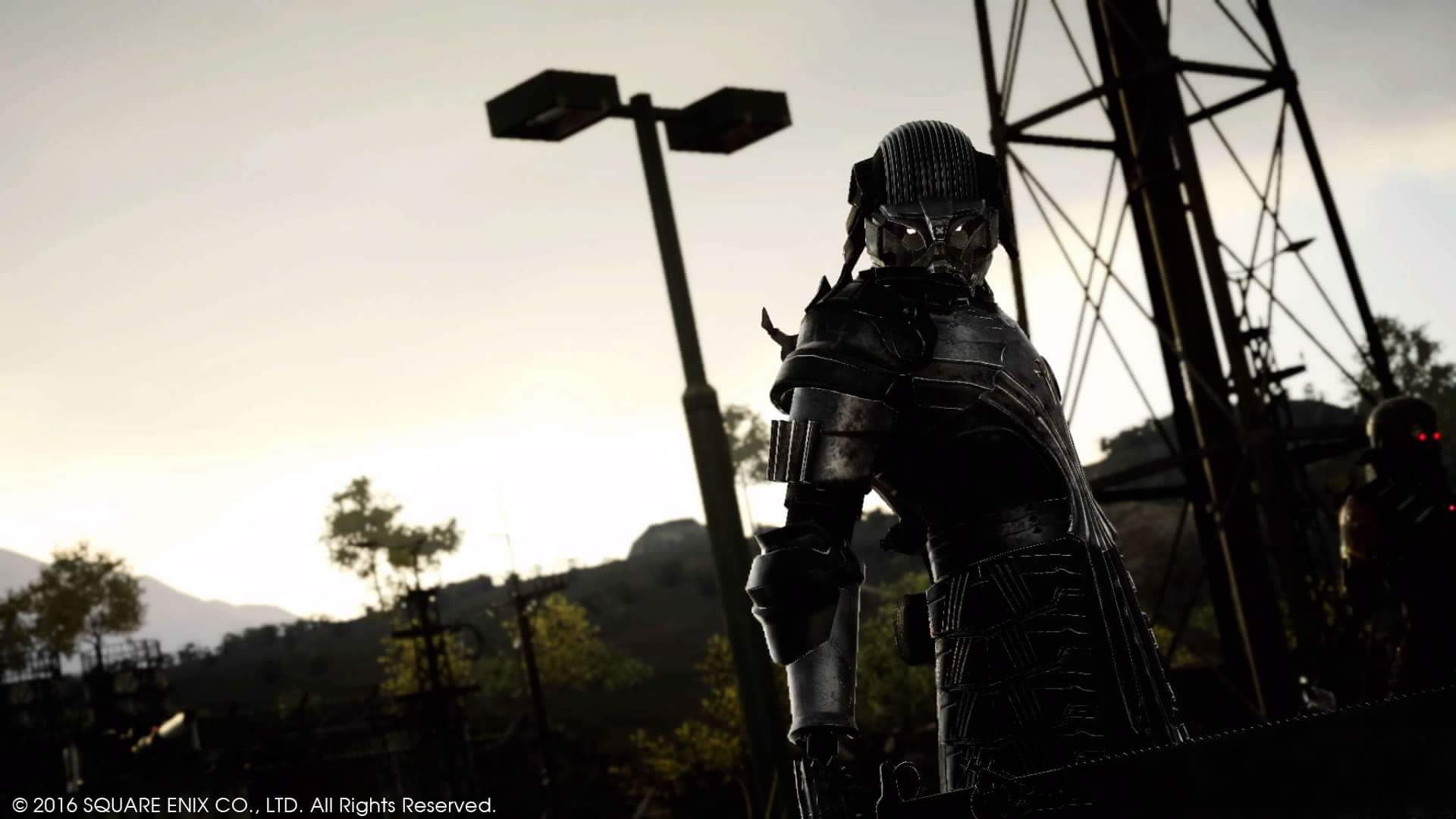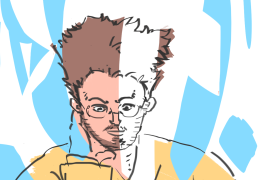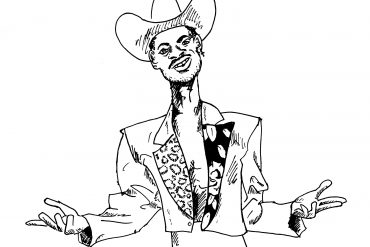The scene of the crime: Eight men are sealed off on a scientific base called Tsalal in the wind chilling town of Ennis, Alaska. It appears to be the end of the day from researching and collecting data. “Twist and Shout” by the Beatles is booming while some men relax on couches and one is recording himself while cooking up a delicious meal. All seems well until we notice something out of the ordinary in the background of the cooking video. One of the men has his back turned to the camera. He is shaking and appears to be in a possessed state. Eventually, he turns around and utters the chilling words that haunt the show until the very end—”She’s awake”.
The scene is left with no trace of the men, but an untouched sandwich, the looped track of “Twist and Shout”, and a severed tongue that belongs to none of them.
“True Detective” is an anthology series that has been known to cover fictional true crime stories through the perspective of two main detectives. However, these true crime cases always seem to have a taste of something supernatural. In the first season with Matthew McConaughey and Woody Harrelson, there is a fighting battle between what is real and what is fabricated through the drug induced state of McConaughey’s character. The newest season “Night Country” takes this taste of the supernatural and adds a whole serving of paranormal and horror.
Something I’ve always enjoyed about these anthology series is the personification of faith and fact through the two main characters. Back in season one, we had one cop that was backed by the indoctrination of the American Dream and the Christian church and another that found faith through the expanse of the universe and the uncertainty of it all. Night Country complicates this dynamic by showcasing Jodie Foster’s character, Liz Danvers as the workaholic white woman that throws her tragedies to the arctic landscape to freeze. She finds comfort in what she can see rather than what lies beneath the surface of this little Alaskan town. While Kali Reis’s character, Evangeline Navarro is depicted as the more “spiritual” cop. She is an indigenous woman who seems to channel paranormal occurrences through visions and voices. She holds a lot of confusion and anger as she feels a disconnect from her culture. Danvers is usually the one steering her towards reality, yet Navarro feels this strong alluring presence that takes her to these liminal spaces where she gets glimpses of the dead.
This dynamic between the two detectives became the window into the season. We would go through Danver’s point of view which followed the case with more familiarity. Danvers would try her best to follow with fact, but kept hitting roadblocks each time she tried to dig further. We are then shown Navarro’s perspective which reveals the underbelly of the case and the town. We are shown the strong cultural ties of the Native American tribe, Iñupiat that populates this town. However, we are also shown how white colonization has stripped a lot of the indigenous identity from the land and from the people. These injustices allow the viewer to see further into the case and that perhaps these murders were rooted in something much more sinister. We are also shown her paranormal visions that lead her to clues that push the case closer to cracking. These visions seem to link to the rest of the indigenous folk that inhabit the town, but there appears to be an otherworldly connection that links to the first season of True Detective.
Something else unique about this season was the true villain of the story—the town itself. Ennis appears to be a town that is lost in its identity. It stands on indigenous land blanketed with snow and the backdrop of a two month-long night sky, yet the town is continually polluted by the mine that ironically keeps them economically afloat. This dual identity created a cyclical murder story. Each time the people of the town hurt the native land or the native population, they hurt themselves. It was interesting to see a True Detective story where the murders were out of revenge rather than some gratuitous gain.
In the first season, McConaughey’s and Harrelson’s characters uncover a cult that worships this prosaic spiral that seems to symbolize the way in which time moves through the universe. This symbol becomes the epicenter in “Night Country” as well when we see it on the victims in the form of tattoos and scrawled in caves that lie beneath Ennis. What this symbol means or why it is so important, the viewer is unsure, but it seems to tie the first season’s cult with the indigenous people in Ennis, Alaska as well as the mines that are the economic platform for the town.
I am curious to see where True Detective will take this mysterious spiral and the strong paranormal direction it is capturing. I am also excited to see this season taking a hold of important issues that are tied to this country. Uplifting Indigenous voices and the crimes that have been committed against them is an ongoing problem that I am glad the TV industry is finally addressing.
This newest season left me with a lot more questions than answers. In the last few episodes, the detectives uncover that the funding behind the Tsalal Research Station and the Ennis Mine are from Tuttle United which was a sinister household name guilty of the crimes in season one. I want to know how the Tuttles are connected. Why are they venturing from Louisiana all the way to Alaska? Are they setting up funding around the US–or even the globe? What is it about this spiral symbol that sets people into a frenzy? With all these unanswered questions, I expect to see more development of this supernatural plotline in future seasons.
True Detective: Night Country is currently available on MAX Streaming service.





